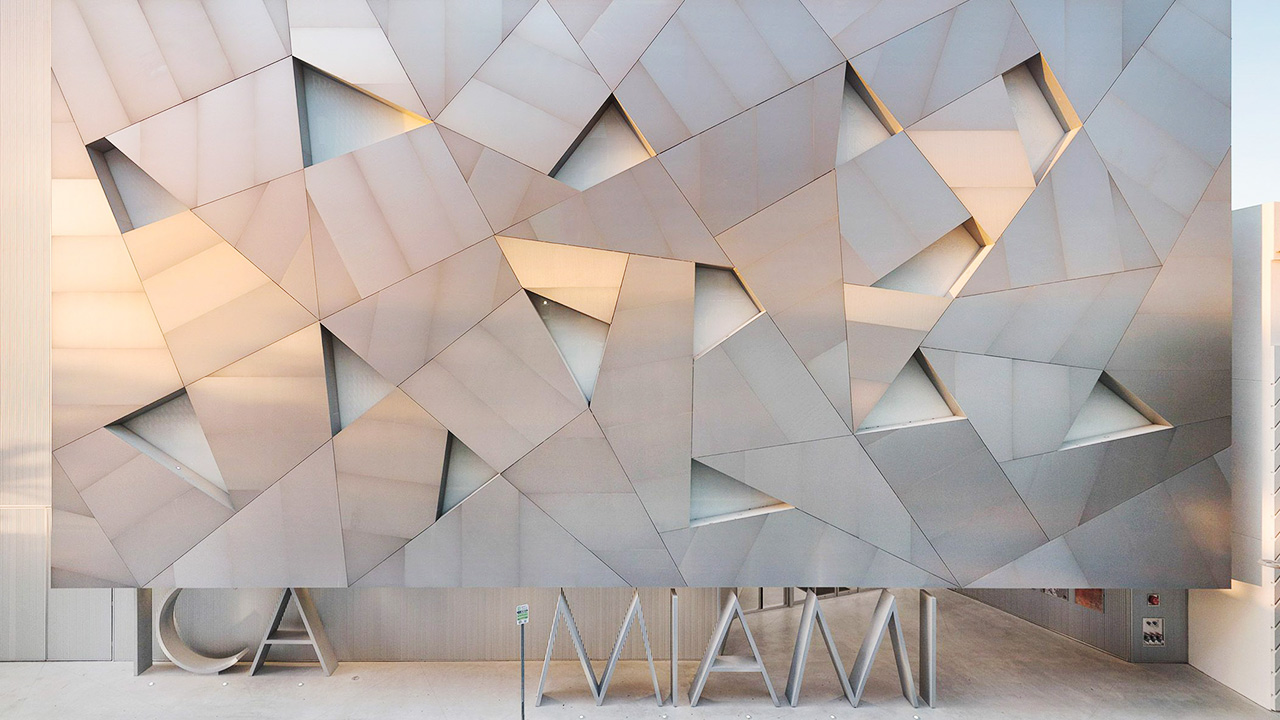Earlier this month, the Institute of Contemporary Art in Miami (ICA Miami) acquired the NFT piece, “CryptoPunk 5293” by Larva Labs, via a donation from ICA trustee Eduardo Burillo — making it one of the very few museums to own a NFT and in turn, enter the crypto space. The gift made headlines, inserting the ICA Miami into an ongoing discussion on just how the digital art movement fits into institutional collections and curatorial practices.
For Alex Gartenfeld, ICA Miami’s Artistic Director, response to the museum’s first NFT acquisition has been roundly positive. “The acquisition has been a really interesting crossover moment in terms of our contemporary program being exposed to and overlapping with an entirely new group of people with overlapping but separate interests as well,” he tells Jing Culture & Commerce.
And for an institution that prides itself on fostering dialogue within contemporary art, ICA Miami is primed to encourage interest and drive conversation on crypto art. “Our role is educational,” says Gartenfeld. “The interesting point for us is to raise the fact that these important conversations are happening within an institutional space. Whether something is good or bad, or a trend or not, is not the term we use. [NFTs are] making a cultural impact, so it becomes incumbent upon us to examine that and think about how to move forward.”
Below, Gartenfeld elaborates on ICA Miami’s plans for “CryptoPunk 5293,” the museum’s longstanding digital strategies, and where he sees NFTs in the museum industry’s future.

The museum plans to exhibit the work in the summer, as part of its push to broaden the understanding of contemporary art. Image: Larva Labs
How is the museum considering moving forward regarding NFT curation and acquisitions?
I think that’s the first step I’m figuring out. How do we build scholarship based upon this initial gift? The gift poses several super interesting questions: How do you display it? How do you securely store the work? This will guide the way for future acquisitions. We’re also super excited about the educational impact — how can we propose programs that consider the impact of NFTs and other digital forms on contemporary artistic production?
How is the museum thinking about NFTs as art? Do they fall under the contemporary art umbrella?
I think that NFTs are a really interesting tool to think about several critical issues in contemporary art. They originated and related to communities and constituencies that have typically existed outside of the contemporary art world, so there is a particular novelty to NFTs. I also think because of the extent to which the CryptoPunks foreground their own way — they’re collected by recording their exchanges and making public a lot of information — they highlight a lot of ongoing contemporary art interests about the economic and cultural impact of objects in exchange in our culture.
How are you planning to exhibit your first NFT?
We are in conversation with the artists about what will be the most meaningful and impactful way to share the work. It is such a pioneering form and it requires a certain kind of inventiveness. I think embedded in the work and the form are questions about whether the work is best presented digitally or onsite. If one does proceed to install it onsite, often to exist as a two-dimensional or three-dimensional form or somewhere in between, these are all the kinds of questions that we are asking ourselves as we think about how to display the work. There’s also an interesting question of what is entailed by the work? Is it just the image? Or is it the record of exchange as well? We don’t have a correct answer or a wrong answer, but we’re seeking to create that conversation with the artists right now.
How do you think museums will continue to engage with NFTs?
I think there are many possibilities. One is that they will be a kind of historical marker, where digital art is being exchanged and transferred in totally new ways. And I think that the form will continue to develop in that spirit. I believe that the NFT form opens contemporary art to lots of new audiences. And, again, it just poses questions about how people collect work. I think they’re a historical marker, and the centers they develop will set how influential and pervasive they are in the future.

Launched in partnership with the Knight Foundation, ICA Miami’s series of digital commissions aims engage audiences with innovative artistic voices. Image: @ICAMiami on Instagram
NFTs aside, how else has the ICA Miami endeavored to bolster its digital presence over the past year-and-a-half?
When the pandemic set in March of last year, we were able to reorient our budget significantly into digital immediately. And because we had a pre-existing investment in digital, we had a vast repository of audio-visual materials that were ready. We just needed the time and attention to be released on a steady platform. That’s what we did and what we continue to do. We found that artists working in the Miami community were facing a dearth of commissions and new funding streams, so we initiated an ongoing digital commissions series in partnership with the Knight Foundation, which is focused on creating important works of art and supporting artistic production. The challenge that faces us as we hopefully resume normal operations is how to retain those digital audiences and synthesize them with our on-site programs.
I want to acknowledge the privilege that we have as a contemporary museum with a very engaged individual and foundation donor base. But given that unique perspective, we have seen through local, national funders that everything is digital. So the priority is to use digital to make everything more accessible.



